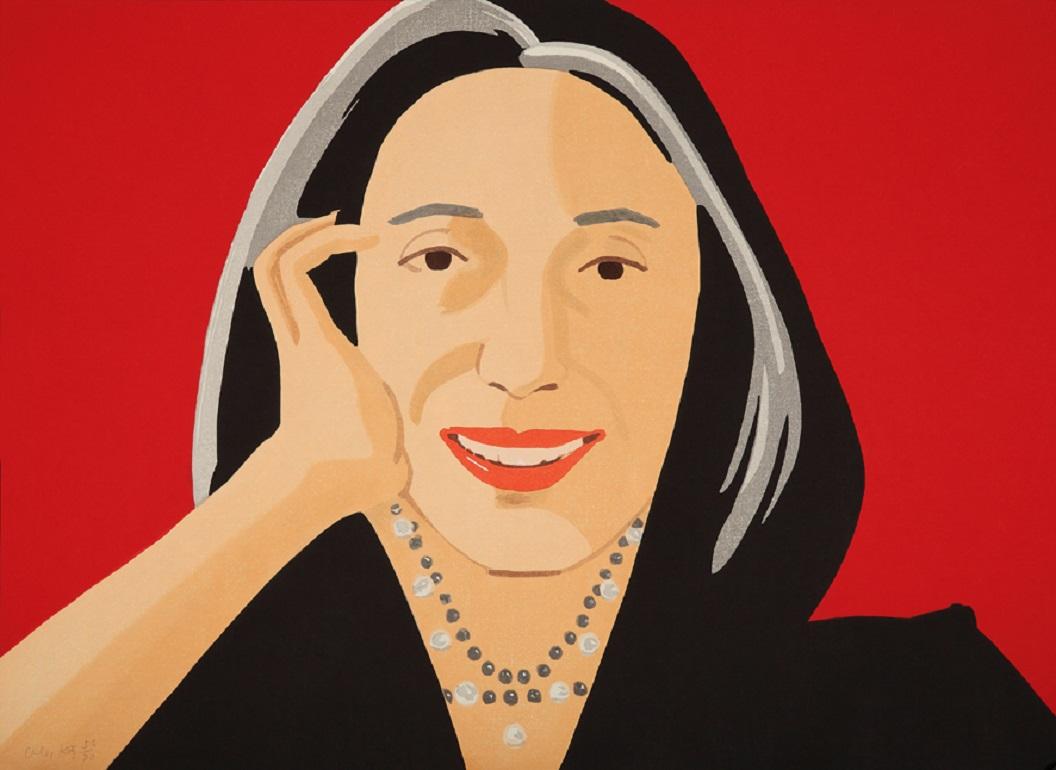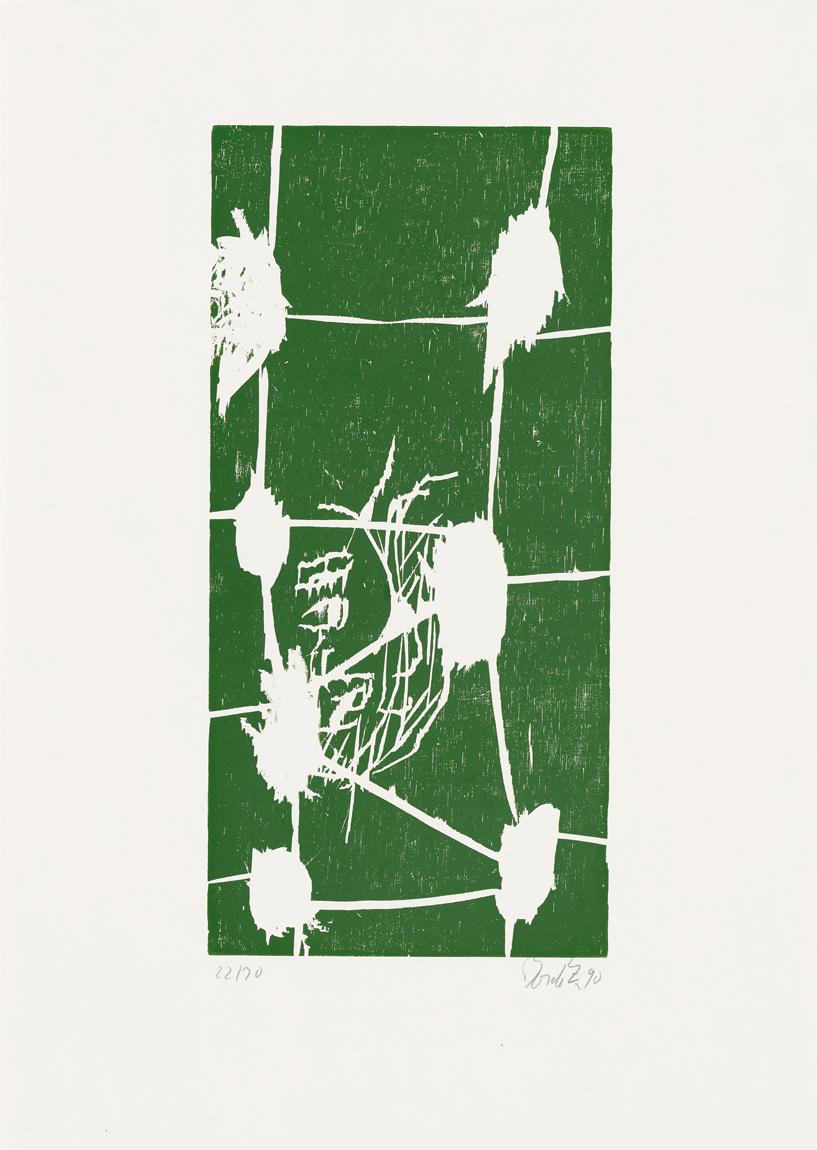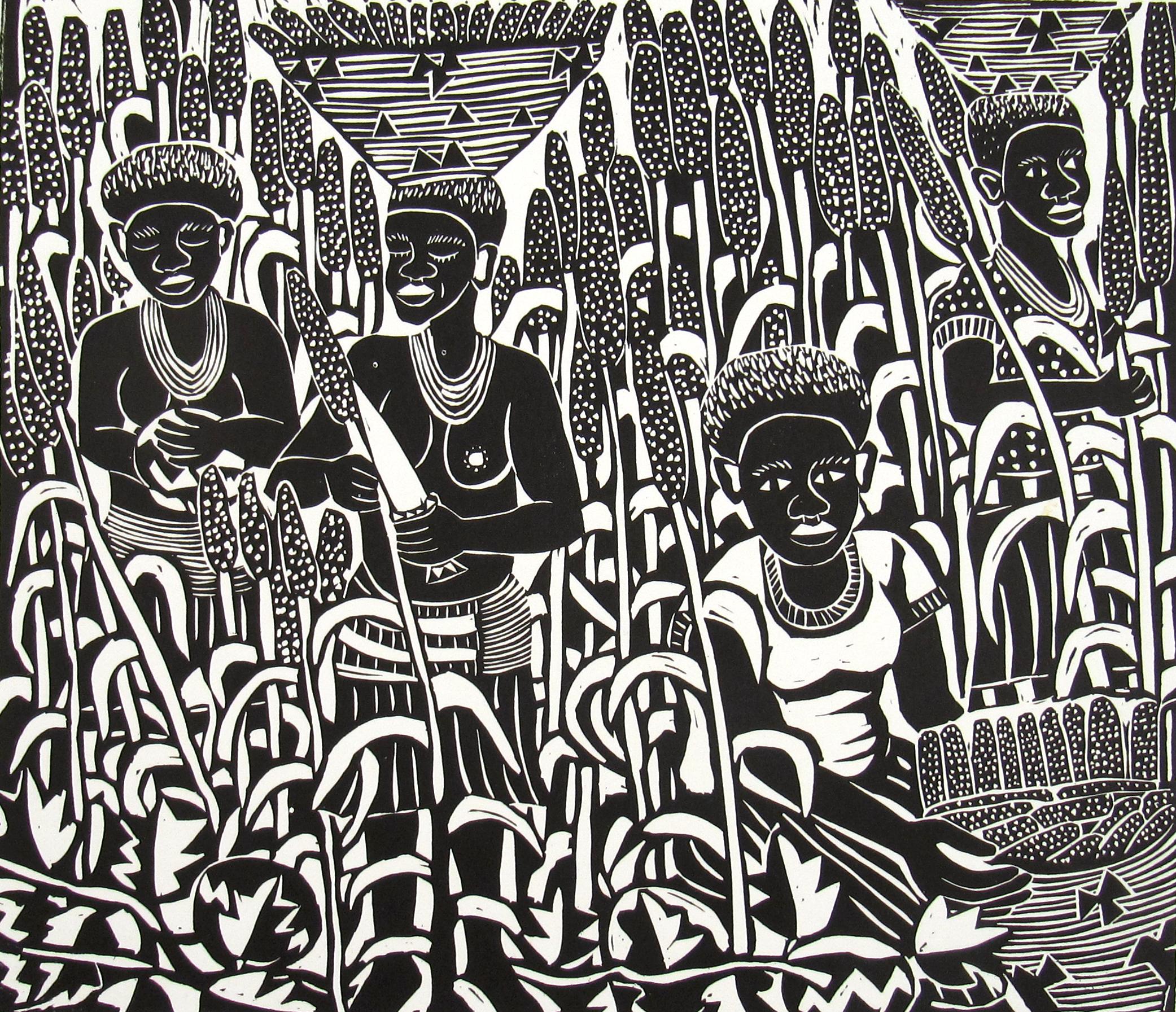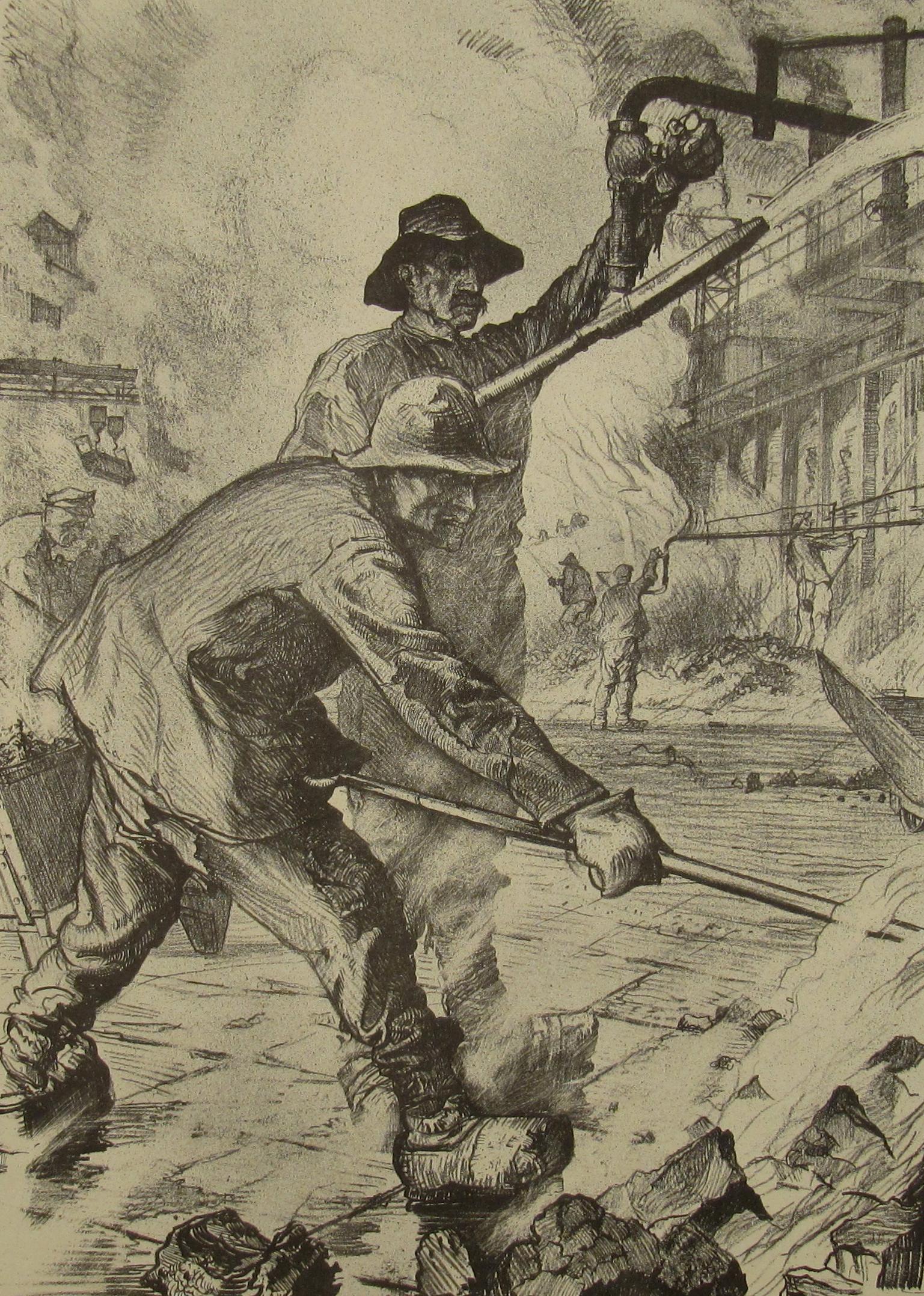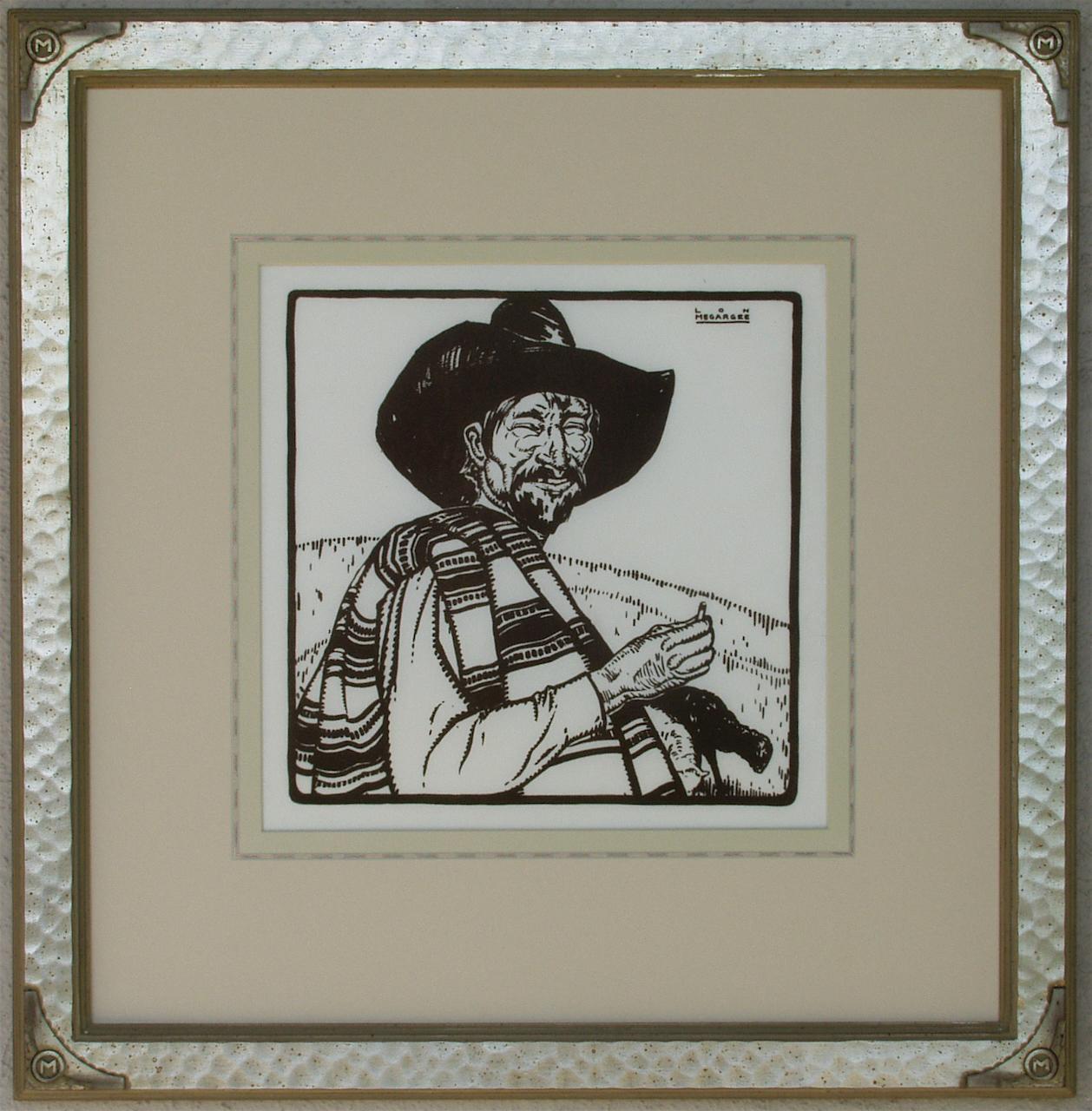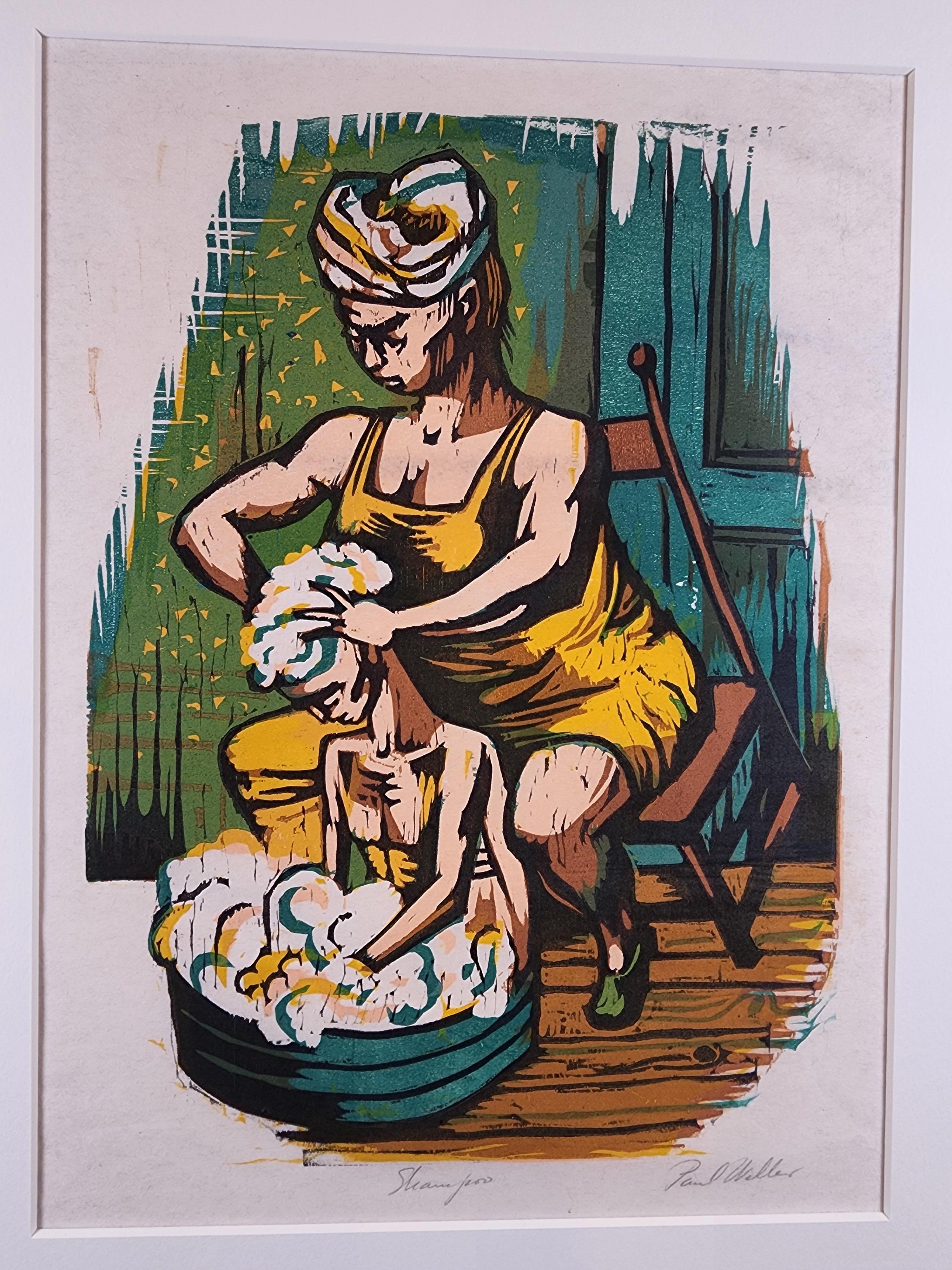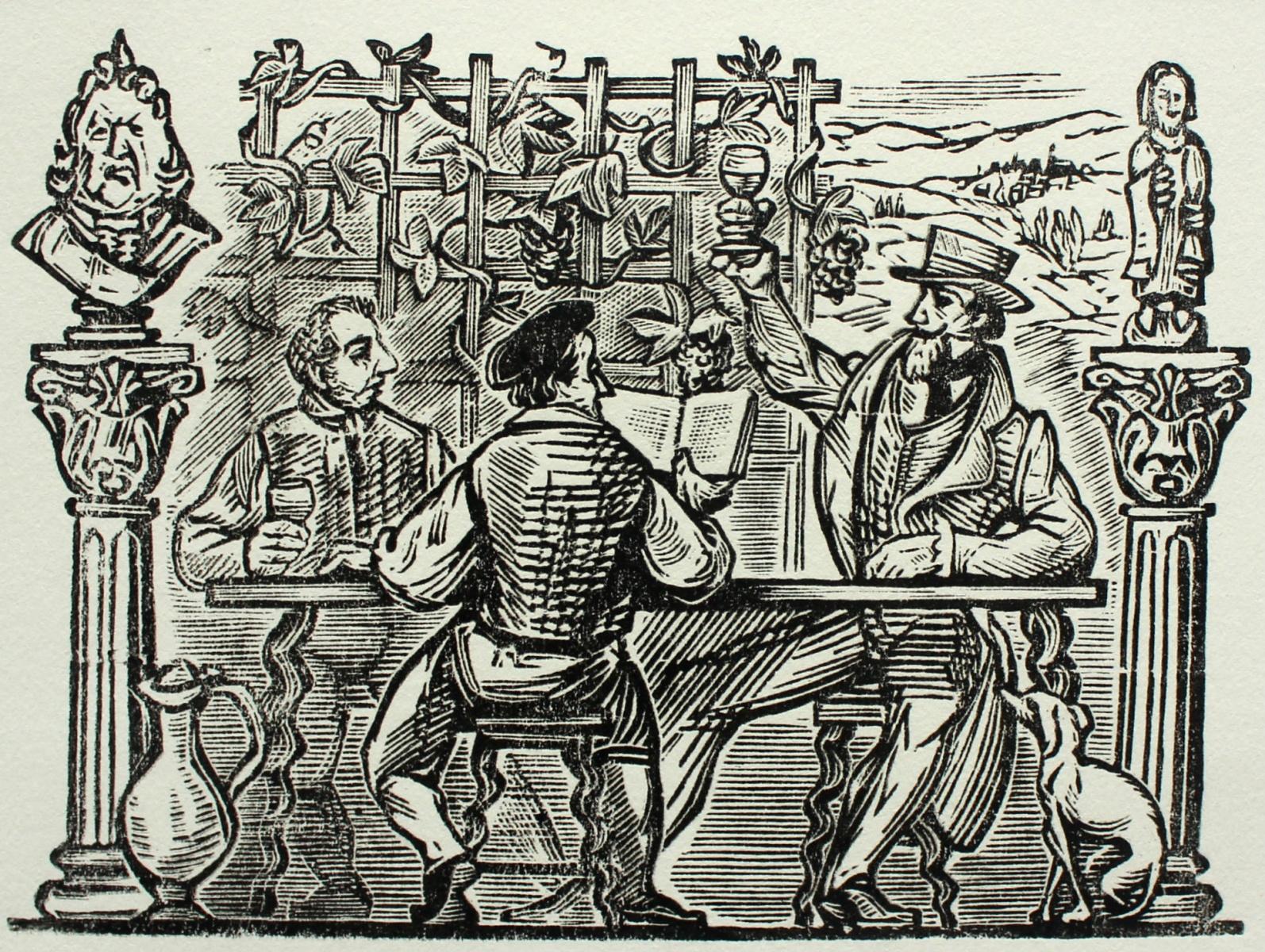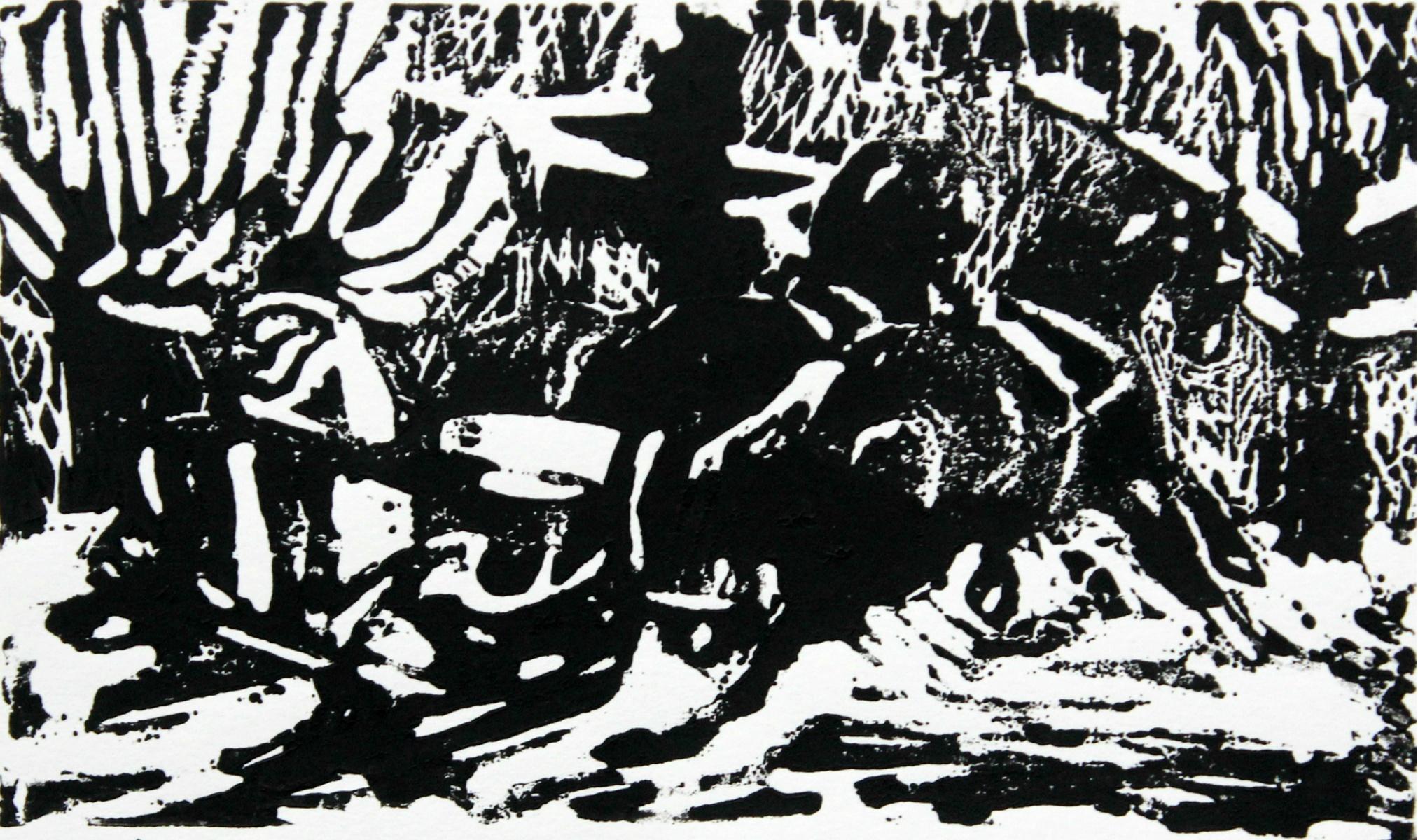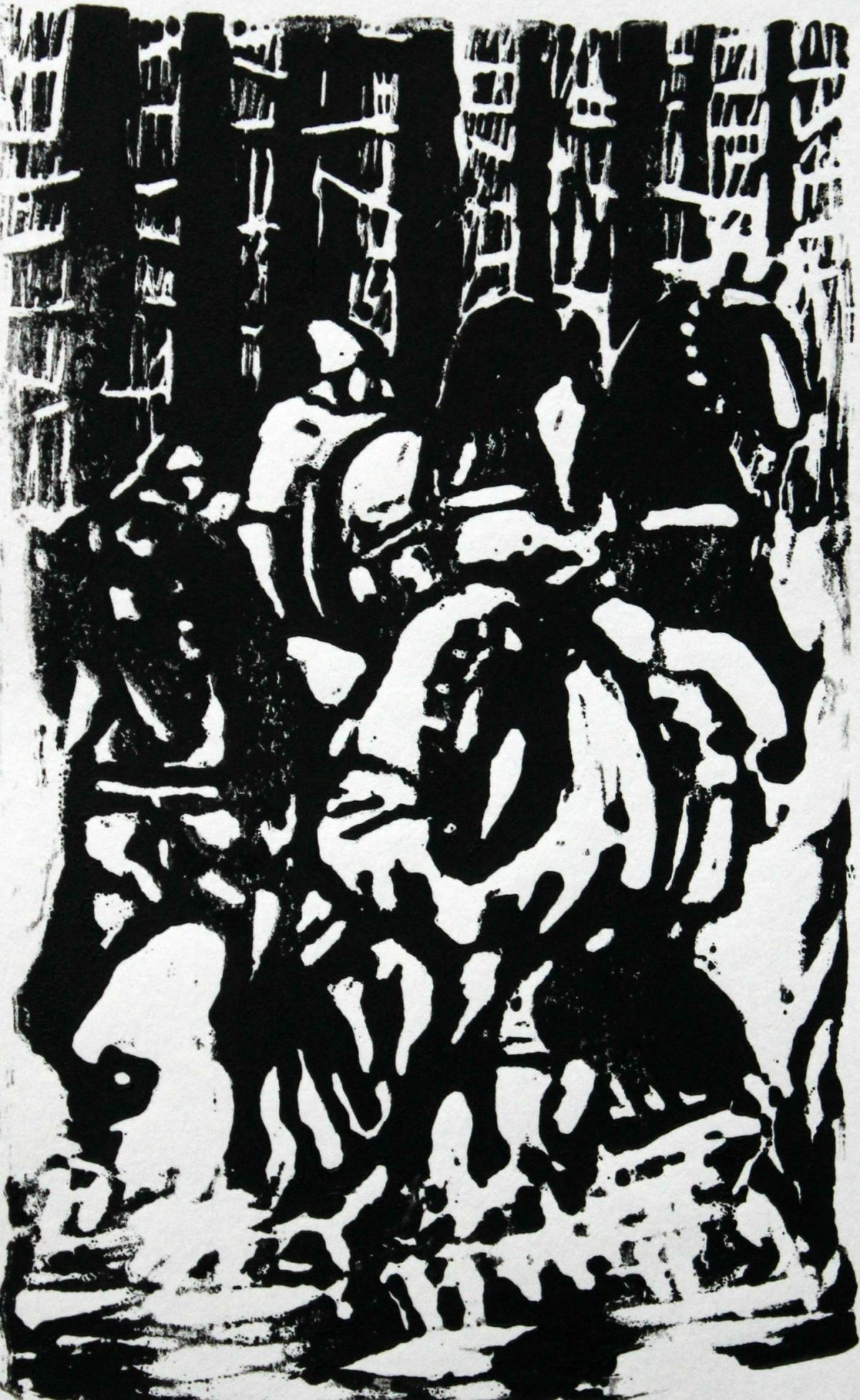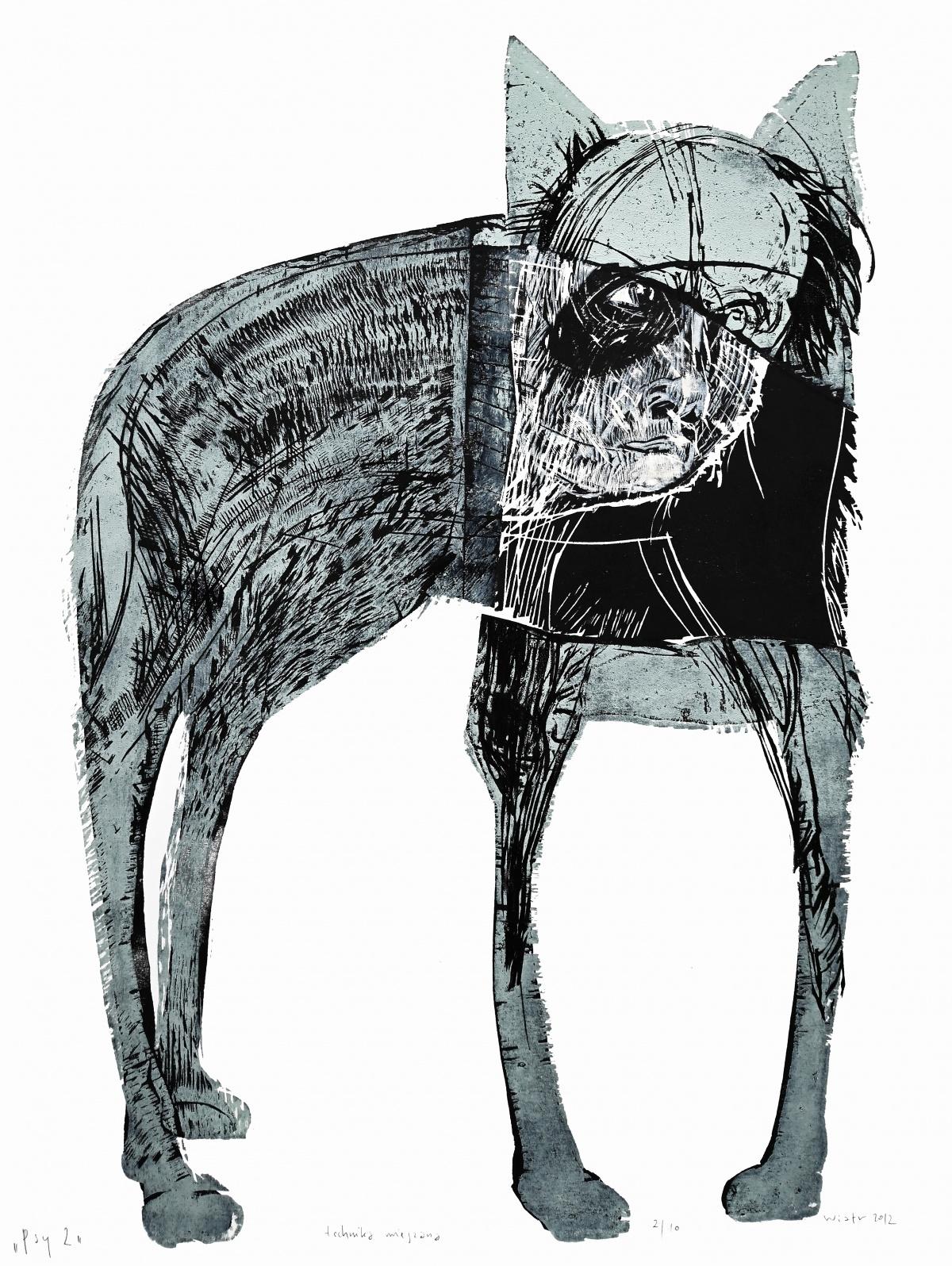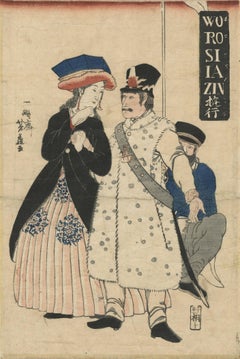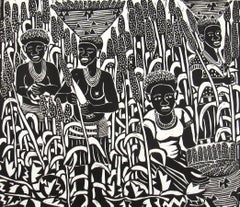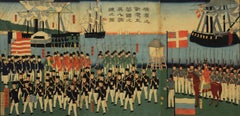
Foreign Soldiers from Five Countries at the Port of Yokohama
View Similar Items
Want more images or videos?
Request additional images or videos from the seller
1 of 14
Utagawa YoshitoraForeign Soldiers from Five Countries at the Port of Yokohama
About the Item
- Creator:Utagawa Yoshitora (Japanese)
- Dimensions:Height: 15.38 in (39.07 cm)Width: 31.38 in (79.71 cm)
- Medium:
- Period:
- Condition:
- Gallery Location:Fairlawn, OH
- Reference Number:Seller: UK12891stDibs: LU140125236
About the Seller
5.0
Recognized Seller
These prestigious sellers are industry leaders and represent the highest echelon for item quality and design.
Platinum Seller
These expertly vetted sellers are 1stDibs' most experienced sellers and are rated highest by our customers.
Established in 1978
1stDibs seller since 2013
711 sales on 1stDibs
Typical response time: 1 hour
Associations
International Fine Print Dealers Association
More From This SellerView All
- WO RO SI IA ZIN Russian Soldier with His FamilyLocated in Fairlawn, OHWO RO SI IA ZIN Russian Soldier with His Family Color woodcut, 1861 2nd month Signed upper left (see photo) Titled upper right in black cartouche (see photo) Format: oban Style: Yokohama-e Publisherr: Sagamiya Tokichi (Marks #435) active 1955-1866 Metropolitan Museum of Art in New York, has an impression of this image RARE Condition: with usual aging Image size: 13 7/8 x 9 3/8 inches Rebecca Salter in her Japanese Popular Prints... on page 18 gives a different take on the situation that Yoshifuji found himself in. "A giant of the period, however, was Utagawa Kuniyoshi (1797-861). Although best known for warrior prints which reflected the militaristic undercurrents of the time, he was also responsible for some of the most light-heartend and humorous works in this book. His followers in the Utagawa school, Utagawa Yoshitsuya...Category
1860s Other Art Style Figurative Prints
MaterialsWoodcut
- Beauty on a Veranda with Fan and MirrorBy Suzuki (Hozumi) HarunobuLocated in Fairlawn, OHSigned: Harunobu ga Series: Series: Eight Fashionable Parlor Views (Furyu zashiki hakkei)? Format Japanese: chuban Provenance: Private Collection, Philadelphia Collection of McCleaf ...Category
Mid-18th Century Edo Prints and Multiples
MaterialsWoodcut
- Les Amateurs d'EstampesBy Félix VallottonLocated in Fairlawn, OHLes Amateurs d'Estampes Woodcut, 1892 Initialed in the plate lower left Titled below image: "Gravure originale sur bois par F. Vallotton" Reference: Valloton and Goerg 107c, with the purple address stamp upper right center (see photo) Condition: Excellent Aging to sheet One spot of printers ink outside of the image in the upper margin Block size: 7 3/8 x 10 inches Sheet size: 10 1/8 x 12 3/4 inches Condition: Very good, aging (yellowing) to the paper Provenance: Edmund Sagot (1881-1917), noted Parisian art dealer and print publisher By decent Vallotton was a noted member of the Nabi, highly regarded for his paintings and original woodcuts. His works are in most major museums. Thank you for your interest in the Vallotton woodcut, Les Amateurs d’Estampes (Print Lovers). It depicts print collectors admiring the new offerings in the window of the Sagot Gallery in Paris. The woodcut is the second published version of the address card for Edmund Sagot the noted Paris art gallery with the change of address in lavender ink. It had moved and hence the change of address was necessary for publicity. The woodcut was created in 1892. It is unsigned as all the address cards are. There are two size variants, this being the larger of the two. It is printed on a tan wove paper. It is in excellent original condition. The provenance is from the Heirs of Edmund Sagot (1857-1917). by decent. The Sagot family was noted for selling posters, fine prints and original works of art. Edmund’s brother Clovis, was Picasso’s first dealer in Paris. The image is documented in the Vallotton and Goerg catalog raisonne in entry 107c Impressions of this image can be found in many museums including: Bibliothèque nationale de France De Young/Legion of Honor/Fine Art Museums of San Francisco Newfields, Indianapolis Museum of Art National Gallery of Australia Musee Des Beaux-Arts du Canada Van Gogh Museum Museum of Fine Arts, Houston Portland Art Museum Kunst Museum, Holland Philadelphia Museum of Art Yale University Art Gallery Félix Vallotton, in full Félix Edouard Vallotton, (born December 28, 1865, Lausanne, Switzerland—died December 28, 1925, Paris, France), Swiss-born French graphic artist and painter known for his paintings of nudes and interiors and in particular for his distinctive woodcuts. Vallotton was raised in a traditional bourgeois and Protestant household. After completing secondary school, he left Lausanne in 1882 for Paris to pursue art studies. Though he was accepted by the École des Beaux-Arts, he chose to attend the less traditional Académie Julian, where he studied with French painters Jules Lefebvre and Gustave Boulanger and enjoyed virtually free rein over his pursuits. He took the opportunity to study graphic arts—lithography and other methods of printmaking. He exhibited publicly for the first time in 1885 at the Salon des Artistes Français—the oil painting Portrait of...Category
1890s Post-Impressionist Figurative Prints
MaterialsWoodcut
- No Footprints Show, Where the Flowers Grow DeepBy Shiko MunakataLocated in Fairlawn, OHNo Footprints Show, Where the Flowers Grow Deep Woodcut, 1961 Unsigned (as isssued) From: The "Way" of the Woodcut, three woodcuts, 1961 Publisher: Pratt Adlib Press, Brooklyn, New Y...Category
1960s Modern Figurative Prints
MaterialsWoodcut
- The Child Plants an Oak Tree in the GardenBy Shiko MunakataLocated in Fairlawn, OHThe Child Plants an Oak Tree in the Garden Woodcut, 1961 Unsigned (as issued) From: The "Way" of the Woodcut, three woodcuts, 1961 Publisher: Pratt Adlib Press, Brooklyn, New York,19...Category
1960s Modern Figurative Prints
MaterialsWoodcut
- Plate 12By Wassily KandinskyLocated in Fairlawn, OHPlate 12 From: 10 Origi, 1942 Signed in the block with the artist's initials lower left (printed) From: 10 Origin Not from the First edition 100, published by Allianz-Verlag, Zurich,...Category
1970s Expressionist Abstract Prints
MaterialsWoodcut
You May Also Like
- Grün VI (Green VI) - 21st Century, Georg Baselitz, Green, PortraitBy Georg BaselitzLocated in Köln, DE"Grün VI" is a motif from a range of woodcuts showing similar motifs in the same green colour. Baselitz is digesting his memories of the time shortly after the end of World War II in...Category
1990s Neo-Expressionist Figurative Prints
MaterialsWoodcut
- Ada - Portrait Print by Alex Katz, Ada, Red, Pearl Necklace, Portrait, Pop ArtBy Alex KatzLocated in Köln, DE"Ada" from 2011 is a Japanese woodblock in thirty-one colors on New Hosho paper. We are offering the number 18/70. 3 Artist's proofs. Ada is Alex Katz' wife and his most important mu...Category
2010s Pop Art Figurative Prints
MaterialsWoodcut
- Elia Shiwoohamba ( Namibia, 1981 ) Harvesting Time Lino Cut African School 2006By Elia ShiwoohamaLocated in Meinisberg, CHElia Shiwoohamba (* 1981 , Windhoek, Namibia ) Harvesting Time • African School • Linoleum cut • Sheet ca. 34.5 x 43 cm (Image is smaller) • Bottom left numbered 8/50 and titled • ...Category
Early 2000s Expressionist Landscape Prints
MaterialsPaper, Linocut, Woodcut
- Coal Miners - INDUSTRIAL ART - Pre War German School - Large signed WoodcutLocated in Meinisberg, CHHermann Kätelhön (German, * 22. September 1884, Hofgeismar; † 24. November 1940, München) Coal Miners • Woodcut, sheet measures ca. 55 x 40 cm • The sheet is mounted (fixed at the...Category
1920s Naturalistic Figurative Prints
MaterialsPaper, Ink, Woodcut
- Workers - INDUSTRIAL ART - Pre War German School - Signed LithographLocated in Meinisberg, CHHermann Kätelhön (German, * 22. September 1884 in Hofgeismar; † 24. November 1940 in München) Workers - Lithograph, Sheet ca. 56 x 41 cm - Signed bottom right - The photographs sho...Category
Early 20th Century Naturalistic Figurative Prints
MaterialsPaper, Pigment, Woodcut
- The Sheepherder by Lon MegargeeLocated in Phoenix, AZLon Megargee 1883-1960 "The Sheepherder" Wood block print Signed in plate, lower right Image size: 10 x 10 inches Frame size 22 x 22 inches Creator of Stetson's hat logo "Last Drop from his Hat" Lon Megargee 1883 - 1960 At age 13, Lon Megargee came to Phoenix in 1896 following the death of his father in Philadelphia. For several years he resided with relatives while working at an uncle’s dairy farm and at odd jobs. He returned to Philadelphia in 1898 – 1899 in order to attend drawing classes at the Pennsylvania Academy of the Fine Arts. Back in Phoenix in 1899, he decided at the age of 16 to try to make his living as a cowboy. Lon moved to the cow country of Wickenburg, Arizona where he was hired by Tex Singleton’s Bull Ranch. He later joined the Three Bar R. . . and after a few years, was offered a job by Billy Cook of the T.T. Ranch near New River. By 1906, Megargee had learned his trade well enough to be made foreman of Cook’s outfit. Never shy about taking risks, Lon soon left Cook to try his own hand at ranching. He partnered with a cowpuncher buddy, Tom Cavness, to start the El Rancho Cinco Uno at New River. Unfortunately, the young partners could not foresee a three-year drought that would parch Arizona, costing them their stock and then their hard-earned ranch. Breaking with his romantic vision of cowboy life, Megargee finally turned to art full time. He again enrolled at the Pennsylvania Academy of Art and then the Los Angeles School of Art and Design during 1909 – 1910. The now well-trained student took his first trip to paint “en plein air” (outdoors) to the land of Hopi and Navajo peoples in northern Arizona. After entering paintings from this trip in the annual Territorial Fair at Phoenix, in 1911, he surprisingly sold his first oil painting to a major enterprise – the Santa Fe Railroad . . . Lon received $50 for “Navajos Watching the Santa Fe Train.” He soon sold the SFRR ten paintings over the next two years. For forty years the railroad was his most important client, purchasing its last painting from him in 1953. In a major stroke of good fortune during his early plein-air period, Megargee had the opportunity to paint with premier artist, William R. Leigh (1866 – 1955). Leigh furnished needed tutoring and counseling, and his bright, impressionistic palette served to enhance the junior artist’s sense of color and paint application. In a remarkable display of unabashed confidence and personable salesmanship, Lon Megargee, at age 30, forever linked his name with Arizona art history. Despite the possibility of competition from better known and more senior artists, he persuaded Governor George Hunt and the Legislature in 1913 to approve 15 large, historic and iconic murals for the State Capitol Building in Phoenix. After completing the murals in 1914, he was paid the then princely sum of roughly $4000. His Arizona statehood commission would launch Lon to considerable prominence at a very early point in his art career. Following a few years of art schooling in Los Angeles, and several stints as an art director with movie studios, including Paramount, Megargee turned in part to cover illustrations for popular Western story magazines in the 1920s. In the 1920s, as well, Lon began making black and white prints of Western types and of genre scenes from woodblocks. These prints he generally signed and sold singly. In 1933, he published a limited edition, signed and hard-cover book (about 250 copies and today rare)containing a group of 28 woodblock images. Titled “The Cowboy Builds a Loop,” the prints are noteworthy for strong design, excellent draftsmanship, humanistic and narrative content, and quality. Subjects include Southwest Indians and cowboys, Hispanic men and women, cattle, horses, burros, pioneers, trappers, sheepherders, horse traders, squaw men and ranch polo players. Megargee had a very advanced design sense for simplicity and boldness which he demonstrated in how he used line and form. His strengths included outstanding gestural (action) art and strong figurative work. He was superb in design, originality and drawing, as a study of his prints in the Hays collection reveals. In 1944, he published a second group of Western prints under the same title as the first. Reduced to 16 images from the original 28 subjects, and slightly smaller, Lon produced these prints in brown ink on a heavy, cream-colored stock. He designed a sturdy cardboard folio to hold each set. For the remainder of his life, Lon had success selling these portfolios to museum stores, art fairs and shows, and to the few galleries then selling Western art. Drawing on real working and life experiences, Lon Megargee had a comprehensive knowledge, understanding and sensitivity for Southwestern subject matter. Noted American modernist, Lew Davis...Category
Early 20th Century American Impressionist Figurative Prints
MaterialsWoodcut
